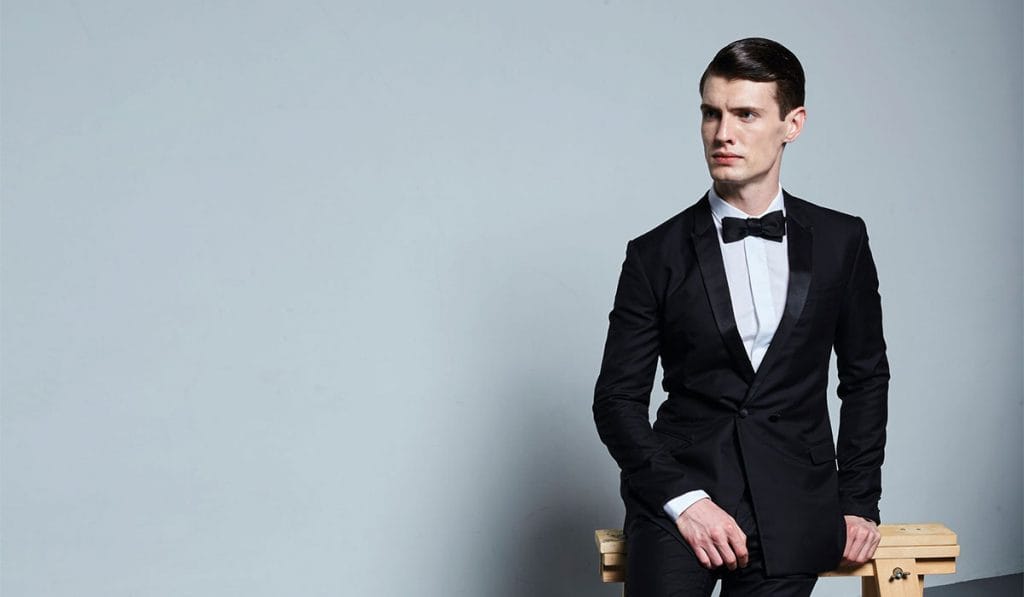Blurring dress codes has led to greater flexibility in doing black tie. But because rules should be broken only after they have been mastered, here is a refresher on the essentials of this traditional dress code.

THE JACKET
A key feature that sets a tuxedo jacket apart from its workhorse brethren is the dressy material of its lapels – usually satin or silk. Lapels can be – in ascending order of formality – notched, peaked or shawl style.
THE BOW TIE
To some traditionalists, what we are going to say might sound sacrilegious, but here it is: While it’s great if you have mastered putting on a traditional bow tie, there is nothing wrong with wearing a pre-tied one. One has better things to do than trying to wrestle a strip of irregularly shaped silk into submission.
THE CUMMERBUND
From seams to buttons, the working elements of a black-tie ensemble are often concealed for maximum sleekness. Smooth any lumps and bumps – whether they are a result of fabric or your flesh – with a cummerbund, worn at the waist and with the pleats facing upwards.
THE SHOES
Sleek and shiny to match the other dressy accents on a formal suit, lace-up shoes in black patent leather is the traditionalists’ choice. That, or lace-up shoes in a highly polished smooth leather – or even, for those with continental swagger, velvet smoking slippers.


